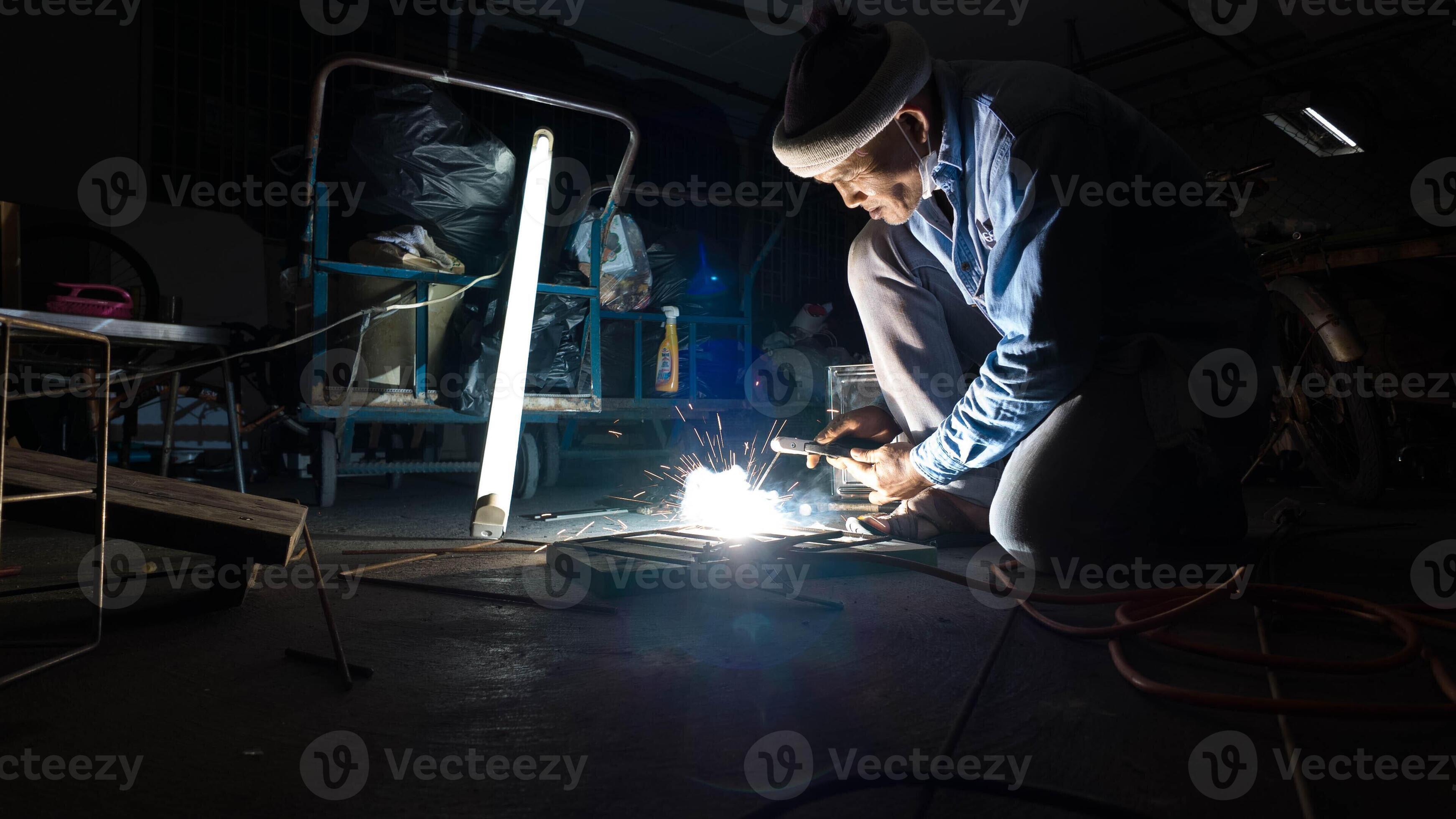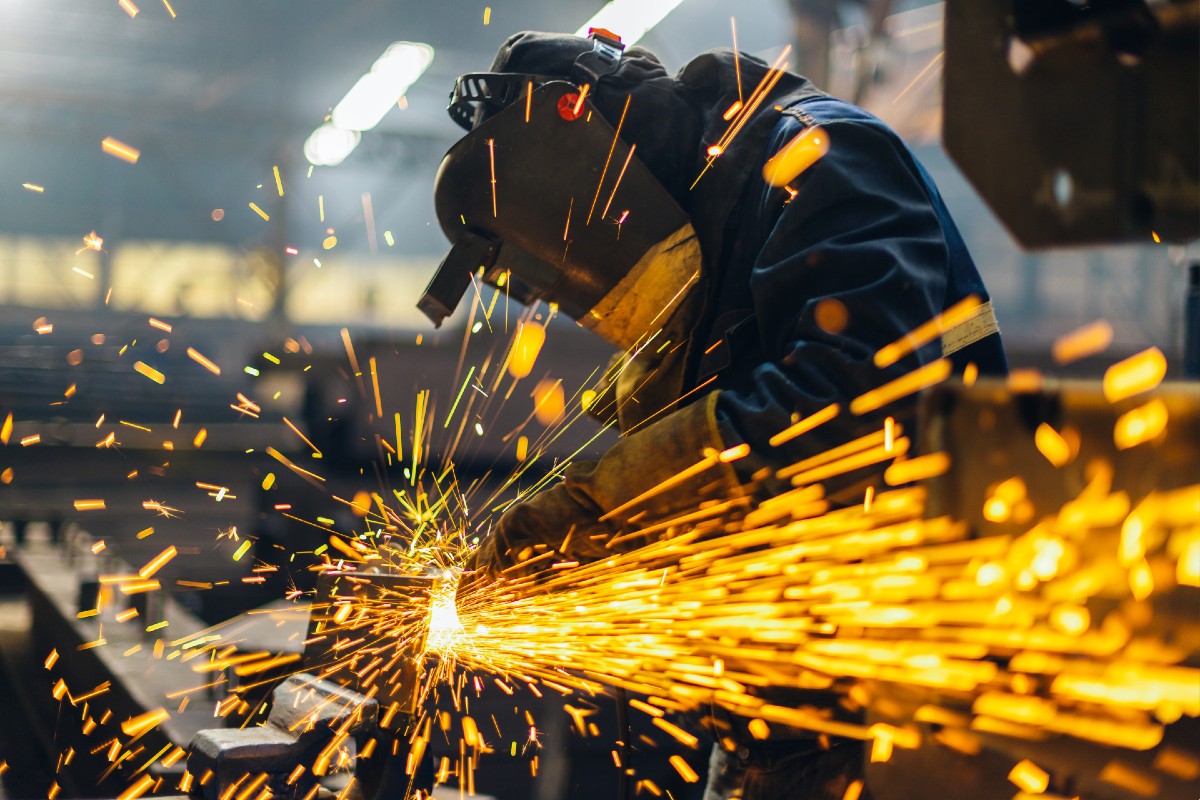All Concerning Welding: Trick Insights Into Techniques and Finest Practices for Success
Welding includes a variety of methods, each matched for specific materials and applications. Comprehending these methods, such as GMAW, SMAW, and TIG, is important for accomplishing ideal results. The appropriate tools and safety and security methods can not be forgotten. As preparation and fixing play crucial functions in the welding procedure, understanding these components can greatly boost the quality of the final item. What are the vital variables that assure a successful weld?
Comprehending Various Welding Techniques
Welding techniques include a selection of techniques, each matched to specific applications and materials. Among one of the most usual techniques are Gas Metal Arc Welding (GMAW), Secured Steel Arc Welding (SMAW), and Tungsten Inert Gas Welding (TIG) GMAW, additionally called MIG welding, is preferred for its rate and versatility, making it optimal for slim products. SMAW, or stick welding, is preferred for its simplicity and efficiency in outside environments, specifically with thicker steels. TIG welding offers accuracy and control, making it ideal for complex work and non-ferrous steels (Fabrication). Each strategy has its distinct benefits and factors to consider, permitting welders to pick the finest method based upon the task's demands, material type, and preferred results. Understanding these strategies is necessary for successful welding
Necessary Welding Devices and Tools
While different welding techniques call for certain abilities, the appropriate devices and devices are similarly necessary for accomplishing top quality outcomes. Essential welding devices includes welding makers, which differ relying on the technique-- such as MIG, TIG, or stick welding. Protective equipment, including aprons, headgears, and gloves, warranties safety and comfort throughout the procedure. On top of that, fixtures and clamps help safeguard materials in position, making certain accuracy in welds. Consumables like welding poles, cable, and protecting gas are likewise vital parts that influence the quality of the weld. Furthermore, tools such as mills and cutters assist in surface area prep work and post-weld completing, adding to an expert end result. Buying top quality tools inevitably boosts the efficiency and performance of welding projects.
Safety Practices in Welding
Correct security techniques are vital in the welding market to safeguard workers from possible risks. Welders have to put on suitable individual protective tools (PPE), including headgears with correct shading, handwear covers, and flame-resistant clothing. Sufficient ventilation is crucial to lower exposure to harmful fumes and gases produced during the welding process. In addition, workers ought to be educated in the correct handling of welding devices to avoid accidents. Fire precaution, such as maintaining flammable materials away from the welding area and having fire extinguishers easily available, are necessary. Regular evaluations of tools and work spaces can help recognize possible dangers before they lead to mishaps. By adhering to these safety and security practices, welders can create a more secure working setting and reduce dangers connected with their profession.
Preparing Materials for Welding
Preparing materials for welding is an essential action that significantly influences the quality and integrity of the final item (Montana Mobile Welding and Repair). Correct preparation involves cleaning the surfaces to eliminate pollutants such as corrosion, oil, and dust, which can jeopardize the weld. Strategies such as grinding, sanding, or making use of solvents are typically used to attain a clean surface. Furthermore, ensuring that the products mesh well is necessary; spaces can cause weak welds. It's additionally important to take into account the positioning and positioning of the parts, as this will impact the ease of welding and the last outcome. Selecting the ideal filler product and making sure compatibility with the base metals is crucial for attaining solid, resilient welds.
Tips for Getting High-Quality Welds
Achieving top quality welds needs attention to information and adherence to ideal methods throughout the welding procedure. Appropriate joint prep work is important, making sure surface areas are free and clean from contaminants. Selecting the suitable filler product and welding method based upon the base steels is important for optimal bonding. Maintaining regular traveling rate and angle while welding can stop defects and advertise harmony. Additionally, regulating warm input is important; extreme heat can cause bending and deteriorated joints. Frequently checking the welds during the procedure allows for immediate adjustments if essential. Lastly, utilizing suitable post-weld therapies, such as cleansing and anxiety relief, can enhance the longevity and integrity of the weld, inevitably making certain an effective result.
Repairing Usual Welding Issues
Welding frequently offers obstacles that can impact the high quality and integrity of the final product. Typical issues such as porosity, inconsistent weld beads, and overheating can emerge, each calling for certain repairing strategies. Comprehending these issues is necessary for welders to boost their abilities and attain suitable results.
Porosity Issues Described
Although porosity can typically be overlooked, it stays an important problem in welding that can jeopardize the stability of a completed product. Porosity refers to the existence of tiny gas pockets within the weld bead, which can lead and compromise the joint to premature failing. This trouble generally arises from impurities, wetness, or incorrect securing gas protection throughout the welding process. To alleviate porosity, welders need to verify that the base materials are dry and tidy, utilize suitable protecting gases, and keep constant welding criteria. On a regular basis inspecting the equipment and atmosphere can also help recognize possible problems before they materialize in the weld. Addressing porosity successfully is crucial for accomplishing solid, durable welds that meet high quality criteria.

Inconsistent Weld Beans
Irregular weld beads can significantly impact the high quality and strength of a finished product. Different elements add to this concern, including inappropriate traveling speed, inaccurate amperage setups, and Continue irregular electrode angles. When the welder relocates also rapidly, a bead might appear narrow and do not have infiltration, while moving too gradually can trigger extreme buildup. Furthermore, utilizing the incorrect amperage can lead to either damaging or too much spatter, both of which compromise weld honesty. The welder's strategy, such as irregular lantern motion, can likewise bring about uneven bead appearance. To alleviate these problems, welders need to focus on preserving steady, controlled motions and guaranteeing proper devices setups to attain uniformity in their welds. Consistency is vital to accomplishing strong and trustworthy welds.
Overheating and Warping Issues
Excessive heat during the welding process can bring about substantial overheating and buckling problems, impacting the structural integrity of the workpiece. These issues commonly manifest as distortion, which can jeopardize positioning and fit-up, making more setting up challenging. Elements adding to overheating consist see this here of the selection of welding specifications, such as voltage and travel speed, along with the type of material being welded. To mitigate these problems, welders must keep constant traveling rate and ideal heat input while keeping track of the work surface temperature level. Additionally, pre-heating or post-weld heat treatment can help minimize anxieties triggered by quick cooling - Welding. Regular examination and adherence to finest practices are necessary in stopping getting too hot and making certain the long life and integrity of bonded structures
Frequently Asked Inquiries
What Are the Occupation Opportunities in the Welding Industry?
The welding market provides diverse job possibilities, including placements as welders, instructors, designers, and assessors. Professionals can operate in production, construction, aerospace, and automotive fields, profiting from strong need and competitive wages in different roles.
Exactly How Can I Enhance My Welding Rate Without Sacrificing Top Quality?
To boost welding speed without compromising top quality, one should exercise effective strategies, preserve equipment, maximize setups, and improve hand-eye coordination. Normal training and seeking responses can likewise considerably add to accomplishing other quicker, high-quality welds.
What Accreditations Are Readily Available for Welders?
Many qualifications exist for welders, consisting of those from the American Welding Culture (AWS), the National Facility for Building And Construction Education and Research Study (NCCER), and numerous industry-specific companies. These credentials improve employability and demonstrate skill efficiency.
How Does Welding Influence the Residences of Metals?
Welding affects the residential or commercial properties of steels by altering their microstructure, which can cause modifications in strength, solidity, and ductility. Heat input and cooling prices throughout the procedure considerably impact these material attributes.
Can I Bonded Dissimilar Metals With Each Other?
